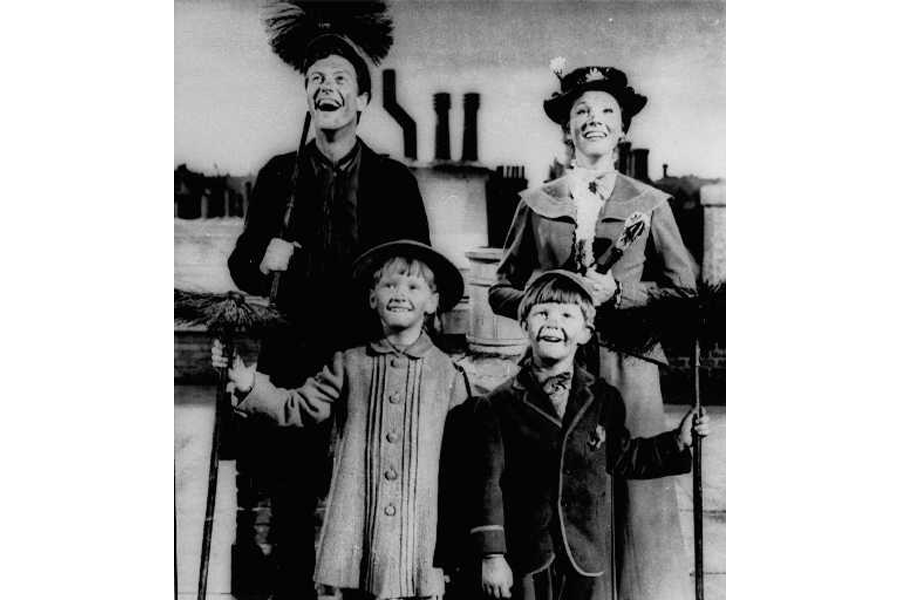Mary Poppins' real-life inspiration flies again this November
Loading...
"Aunt Sass," a story about the real-life inspiration for the character of Mary Poppins, will be released to the general public for the first time this November, according to The Guardian.
Pamela Lyndon Travers (a pen name for Helen Goff) created the character of the magical English nanny Mary Poppins in 1934. While the magical adventures of Mary Poppins are clearly fictional, Travers later said that the character herself was based on a real person. According to Travers, her great-aunt, Helen Morehead, was an almost unconscious inspiration for the larger-than-life magical figure.
According to The Guardian, Travers, who calls her aunt Christina Saraset, or "Aunt Sass" for short, wrote "I thought to myself, 'Some day, in spite of her, I shall commit the 'disrespectful vulgarity of putting Aunt Sass in a book.' And then it occurred to me that this had already been done, though unconsciously and without intent. We write more than we know we are writing. We do not guess at the roots that made our fruit. I suddenly realised that there is a book through which Aunt Sass, stern and tender, secret and proud, anonymous and loving, stalks with her silent feet....You will find her occasionally in the pages of Mary Poppins."
"Aunt Sass" is a semi-autobiographical story that was originally published as a Christmas present for friends and family. Only 500 copies were printed. In November, however, the story will receive a wide release in a volume with two other short stories: "Ah Wong," first released in 1943, and "Johnny Delaney," from 1944. These stories were also gifts that have never been released on a large scale.
Aunt Sass, or Helen Morehead, was known to her great-niece as Aunt Ellie, with whom the young author-to-be lived for several years. Morehead became a dominant force in Travers's life when she rescued the Goff family after the death of Travers's father when she was a girl, leaving her mother and two sisters without money. According to Travers biographer Valerie Lawson in an interview with The New York Times, Morehead was "a rich woman in Sydney who took care of the family, but did it in a strict kind of way. There was no messing about with her: 'You eat all that now or you won't get anything else!' She was really a big inspiration for Mary Poppins."
In "Aunt Sass," as quoted by The Guardian, Travers herself describes her eccentric great-aunt by saying: "imagine a bulldog whose ferocious exterior covers a heart tender to the point of sentimentality and you have Christina Saraset."
The iconic character of Mary Poppins has become a part of popular culture. Travers's great aunt lives on through the "Mary Poppins" book series, the 1964 Disney film of the same name, and the more recent film "Saving Mr. Banks," in which Aunt Sass herself appears as Aunt Ellie, played by Rachel Griffiths. You can read the Monitor's review of the film here.
Travers's collection of stories featuring "Aunt Sass" will be released sometime in November.
Weston Williams is a Monitor contributor.








